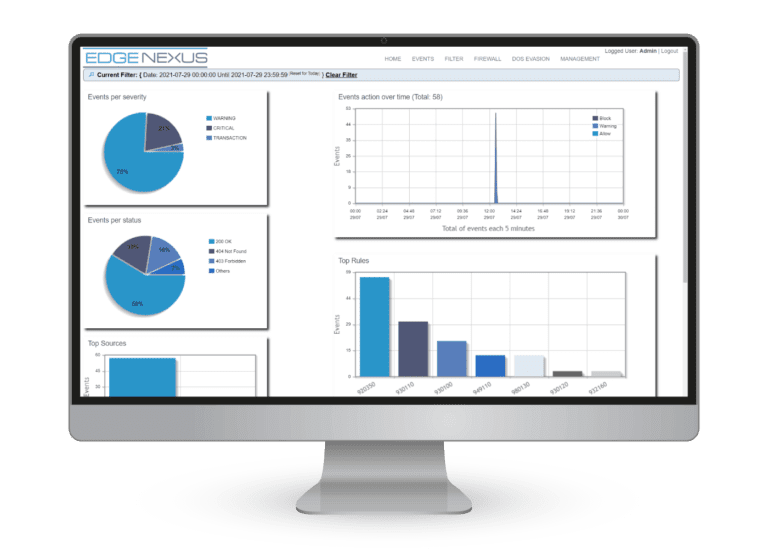
Celestix Networks, Inc.
Americas: +1 510 668 0700
EMEA : +44 20 3900 3737
Asia : +65 6958 0822
Japan : +81 3 5210 2991

Medical imaging is a non-invasive process of image acquisition with clinical application, using a variety of imaging modalities to provide a specific diagnostic picture of the body. There are many different modalities such as X-rays, CT (computed tomography) scans, MRI (magnetic resonance imaging), and ultrasound. Each imaging type uses a different technology to create an image.
Today, radiologists are dependent on the picture archiving and communication system (PACS) to view their images. Unexpected system downtime can cause significant patient care delays, and extended periods of downtime might have long-term effects on both patient care and end-user trust.
Celestix EdgeNexus offers a quick, reliable, and expandable framework for transferring, storing, and retrieving images.
Free DownloadIn an industry where system availability is critical, our expertise allows us to create durable solutions specifically tailored to the distinct challenges of enterprise imaging. Celestix specializes in providing ultra-reliable and scalable medical imaging applications. Celestix EdgeNexus offers healthcare organizations a solution that is:

Load balancers play a crucial role in ensuring the uptime and reliability of servers in the medical imaging sector, particularly those running PACS (Picture Archiving & Communications System), a high-performance, distributed data management and collaborative visualization platform used in medical research and clinical care.
 First, it’s important to understand the mechanics of load balancers. Essentially, a load balancer is a device or software appliance that distributes incoming network traffic across multiple servers to ensure that no single server is overwhelmed with too much traffic, helping to ensure that all requests are handled efficiently and effectively and that the servers can handle the load without crashing or experiencing other performance issues.
First, it’s important to understand the mechanics of load balancers. Essentially, a load balancer is a device or software appliance that distributes incoming network traffic across multiple servers to ensure that no single server is overwhelmed with too much traffic, helping to ensure that all requests are handled efficiently and effectively and that the servers can handle the load without crashing or experiencing other performance issues.
Within the medical imaging context, the use of load balancers is particularly important given the large amounts of data that needs to be stored and analyzed. For example, a single MRI scan can produce hundreds of gigabytes of data, and a hospital or research facility may have thousands of such scans stored on its servers. Without a load balancer, the servers would be forced to handle all of this data independently, which could quickly lead to performance issues and downtime.
When load balancers are implemented in the medical imaging sector, they help to distribute the load across multiple servers, which can greatly improve the uptime and reliability of PACS servers. For example, if one server becomes overloaded with traffic, the load balancer can automatically redirect traffic to another server, ensuring that all requests are handled efficiently. This traffic distribution helps prevent any single point of failure, which can greatly reduce the risk of downtime.
Additionally, load balancers can also help to ensure the high availability of the PACS servers by monitoring the health of each server and redirecting traffic away from servers that may be experiencing problems. This health-aware traffic management can help ensure that all requests are handled quickly and effectively, even in a server failure.
Another important feature of load balancers used in medical imaging is SSL offloading. When a load balancer terminates the SSL/TLS connections, it reduces the server load, freeing up resources and improving performance. As the SSL/TLS protocols add to the computational load and are often resource-intensive, this can be very beneficial when dealing with a large number of connections and heavy traffic loads.
Furthermore, load balancers also offer the ability to scale the system horizontally by adding or removing servers as needed, allowing for easy scaling as the number of users or the amount of data increases. Especially useful in medical imaging, when the number of scans and other data points can quickly increase over time.

Celestix Networks, Inc.
Americas: +1 510 668 0700
EMEA : +44 20 3900 3737
Asia : +65 6958 0822
Japan : +81 3 5210 2991